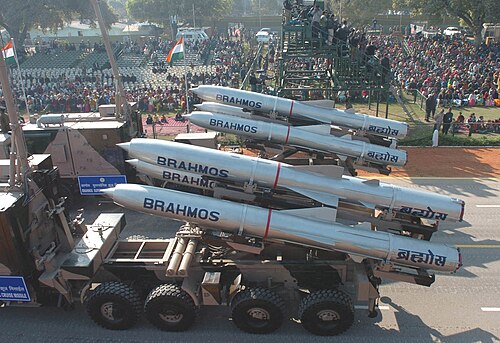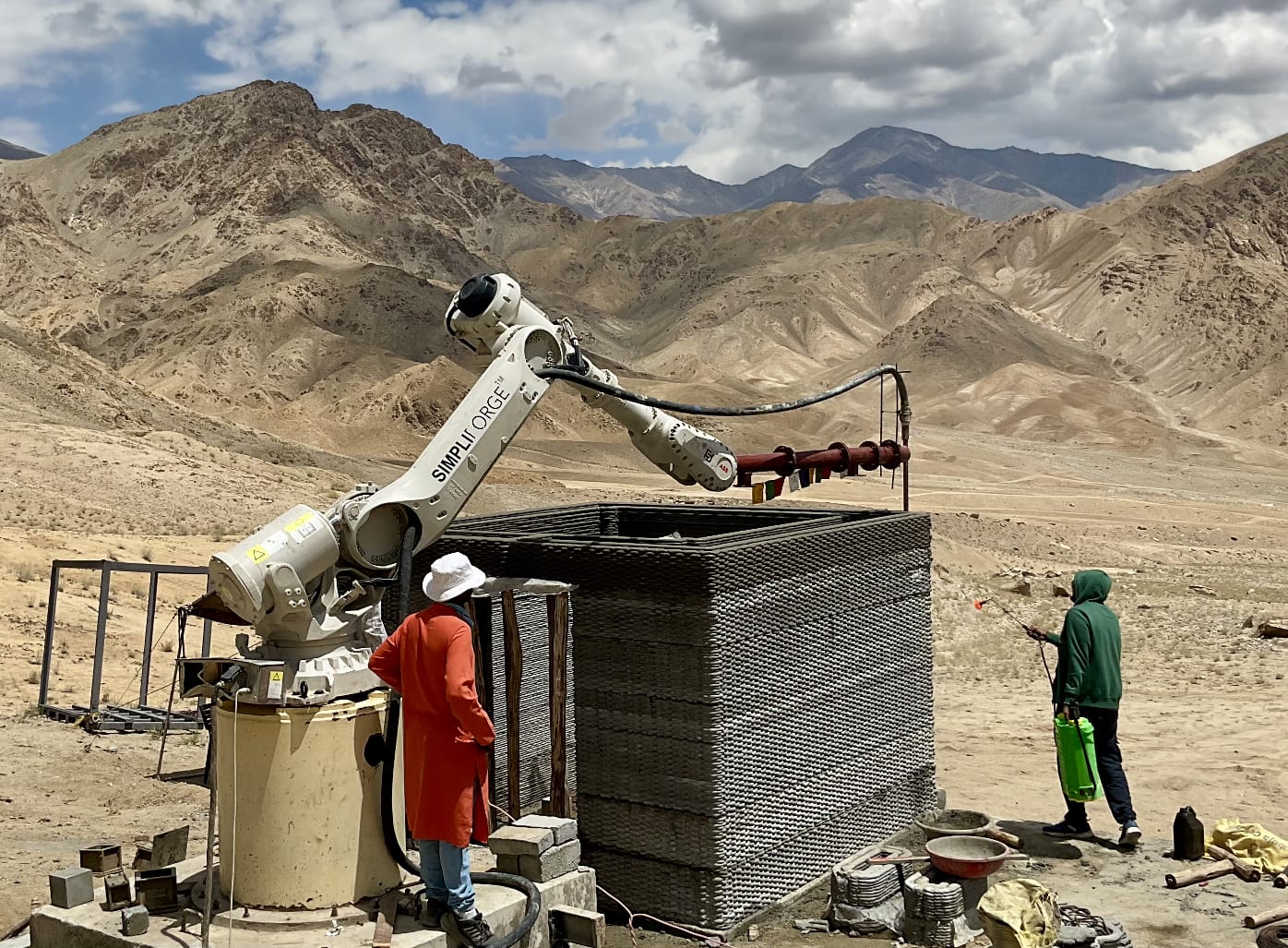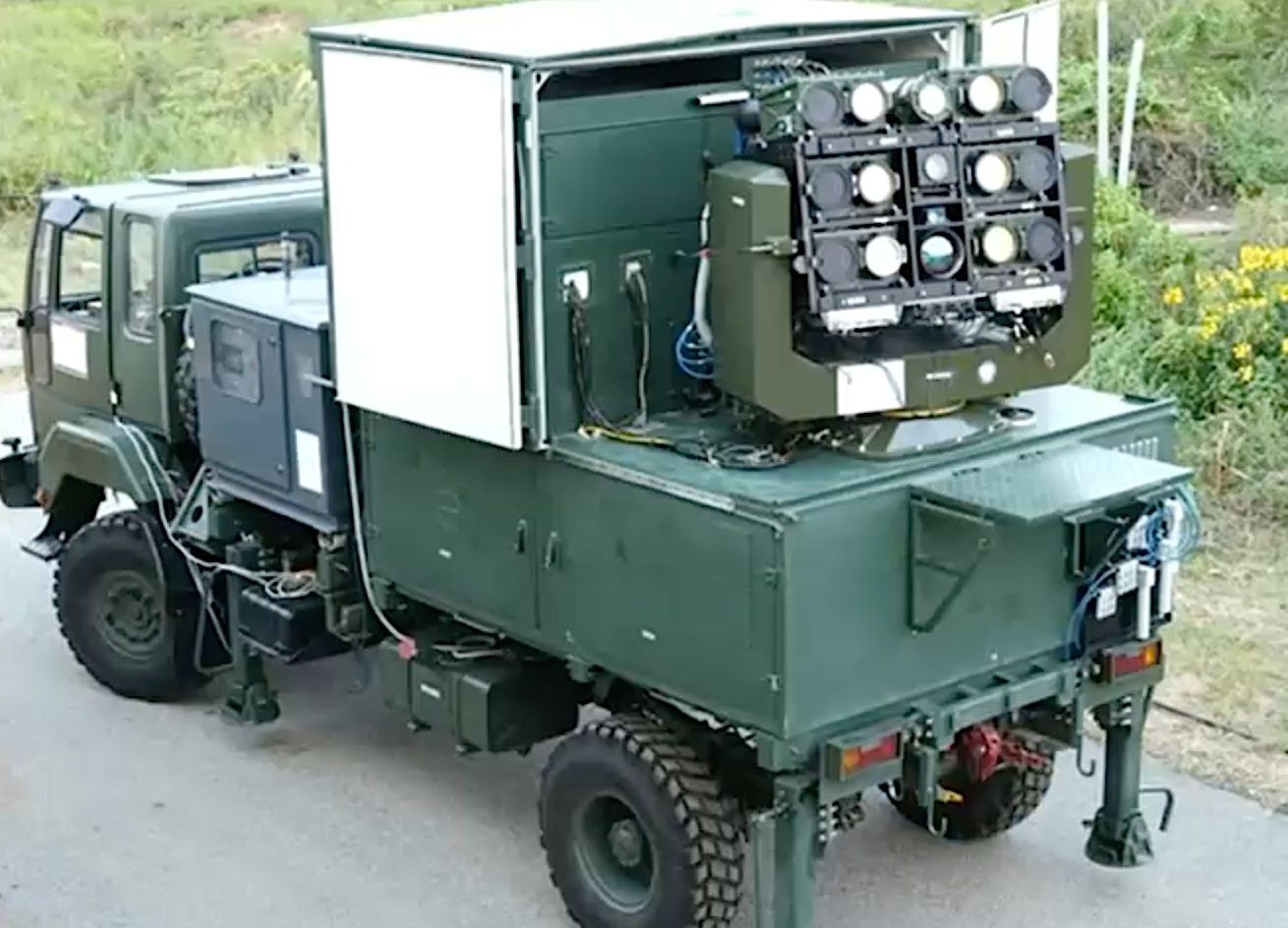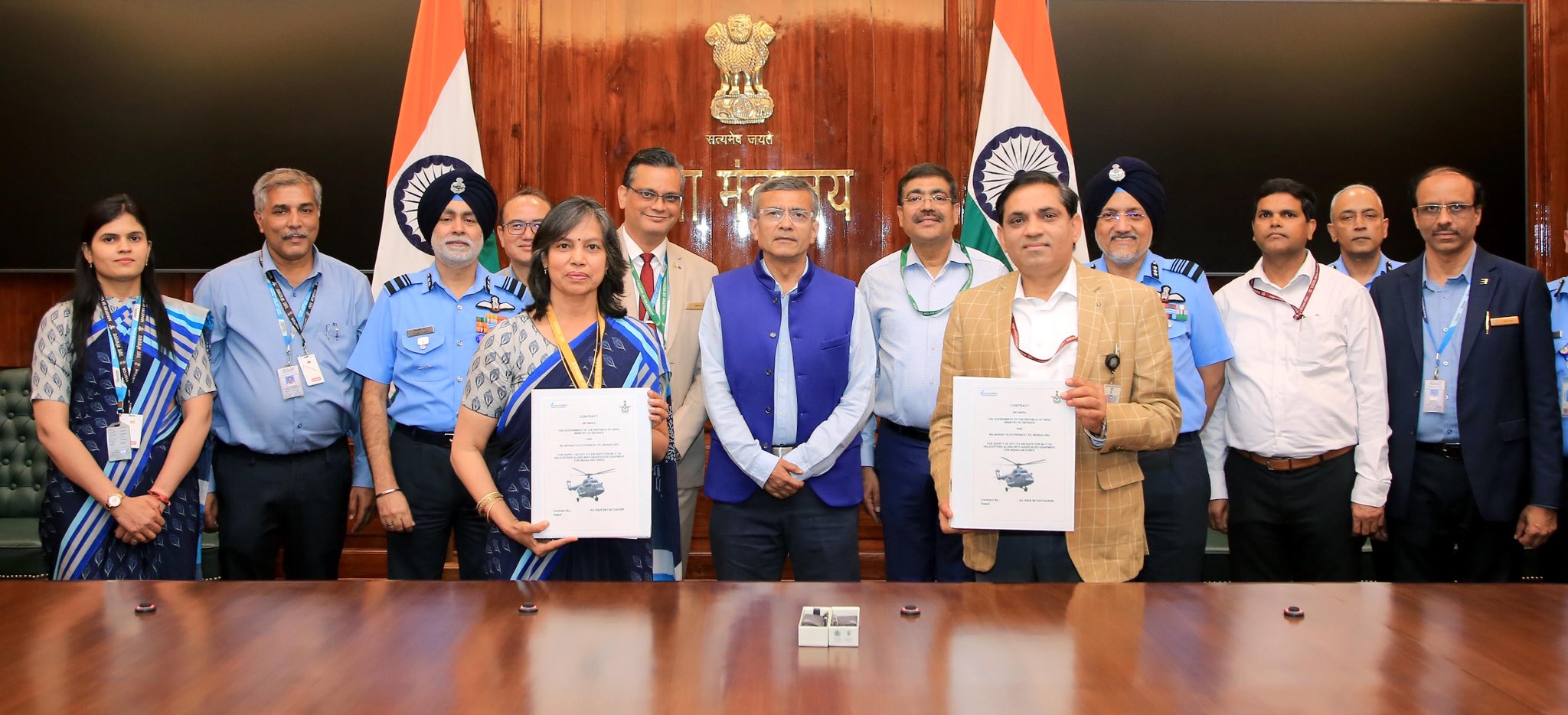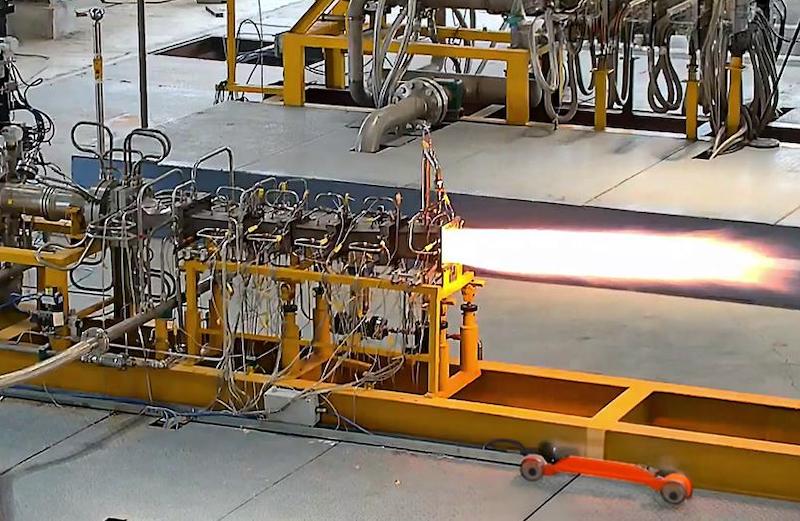 The scramjet engine being tested at the DRDL’s Scramjet Connect Test Facility. (Photo: DRDO)
The scramjet engine being tested at the DRDL’s Scramjet Connect Test Facility. (Photo: DRDO)
New Delhi: The Defence Research & Development Laboratory (DRDL), a Hyderabad-based facility of the Defence Research and Development Organization (DRDO), announced a breakthrough in hypersonic weapon technology on Friday, after successfully conducting a 1,000-second ground test of an active-cooled scramjet subscale combustor. The test, conducted at the newly built Scramjet Connect Test Facility (SCPT) in Hyderabad, marks a critical step in India’s pursuit of hypersonic cruise missile capabilities.
Milestone in Hypersonic Propulsion
The scramjet combustor, a core component of air-breathing hypersonic engines, enables supersonic combustion at speeds exceeding Mach 5 (6,100kmph). This test validated the combustor’s performance under prolonged operational conditions, a prerequisite for developing missiles capable of sustained hypersonic flight. The achievement follows a 120-second trial in January 2025, demonstrating rapid progress in India’s hypersonic weapons programme.
According to DRDO, the test confirmed the reliability of the combustor’s active cooling system, which prevents structural damage from extreme temperatures generated during supersonic combustion. The agency stated that the technology is now ready for “full-scale flight-worthy combustor testing,” a precursor to integrating the engine into a functional hypersonic cruise missile (HCM).
Collaborative Effort and Infrastructure
The test leveraged the newly operational SCPT, a state-of-the-art facility designed to simulate hypersonic flight conditions. DRDO emphasized that the project involved collaboration between its laboratories, private industry partners, and academic institutions, underscoring India’s growing self-reliance in advanced defence technologies.
The defence minister, Rajnath Singh, hailed the achievement as a reflection of India’s “strong commitment to realizing critical hypersonic weapon technologies.” The secretary of defence (R&D) and DRDO chairman, Dr Samir V Kamat, commended the DRDL team, including the director general (Missiles & Strategic Systems), U Raja Babu, and the DRDL director, Dr GA Srinivasa Murthy, for their role in demonstrating supersonic combustion over an unprecedented duration.
Strategic Implications
Hypersonic cruise missiles, capable of evading modern air-defence systems due to their speed and manoeuvrability, are seen as a game changer in military strategy. India is now in a select group of nations, including the United States, Russia, and China, actively developing such systems.
The DRDO’s scramjet engine operates without moving parts, relying instead on the missile’s high velocity to compress incoming air for combustion – a process likened to “keeping a candle lit in a hurricane.” Sustaining stable combustion at Mach 5+ speeds remains a formidable engineering challenge, making the 1,000-second test a significant leap forward.
What’s Next?
With the combustor design validated, DRDO will focus on scaling up the technology for integration into a prototype missile. The agency has not disclosed a timeline for flight tests but indicated that the programme is advancing toward operational deployment.
The test also highlights India’s growing expertise in high-temperature materials and propulsion systems, critical for both defence and civilian aerospace applications. Analysts suggest that successful development of HCMs could bolster India’s deterrence posture, particularly in countering regional hypersonic advancements by China.
Defence experts and analysts say the 1,000-second scramjet test represents a watershed moment for India’s defence research ecosystem. As DRDO shifts focus to flight testing, the nation moves closer to joining the elite club of countries possessing hypersonic strike capabilities – a strategic imperative in an era of rapidly evolving military technologies.


